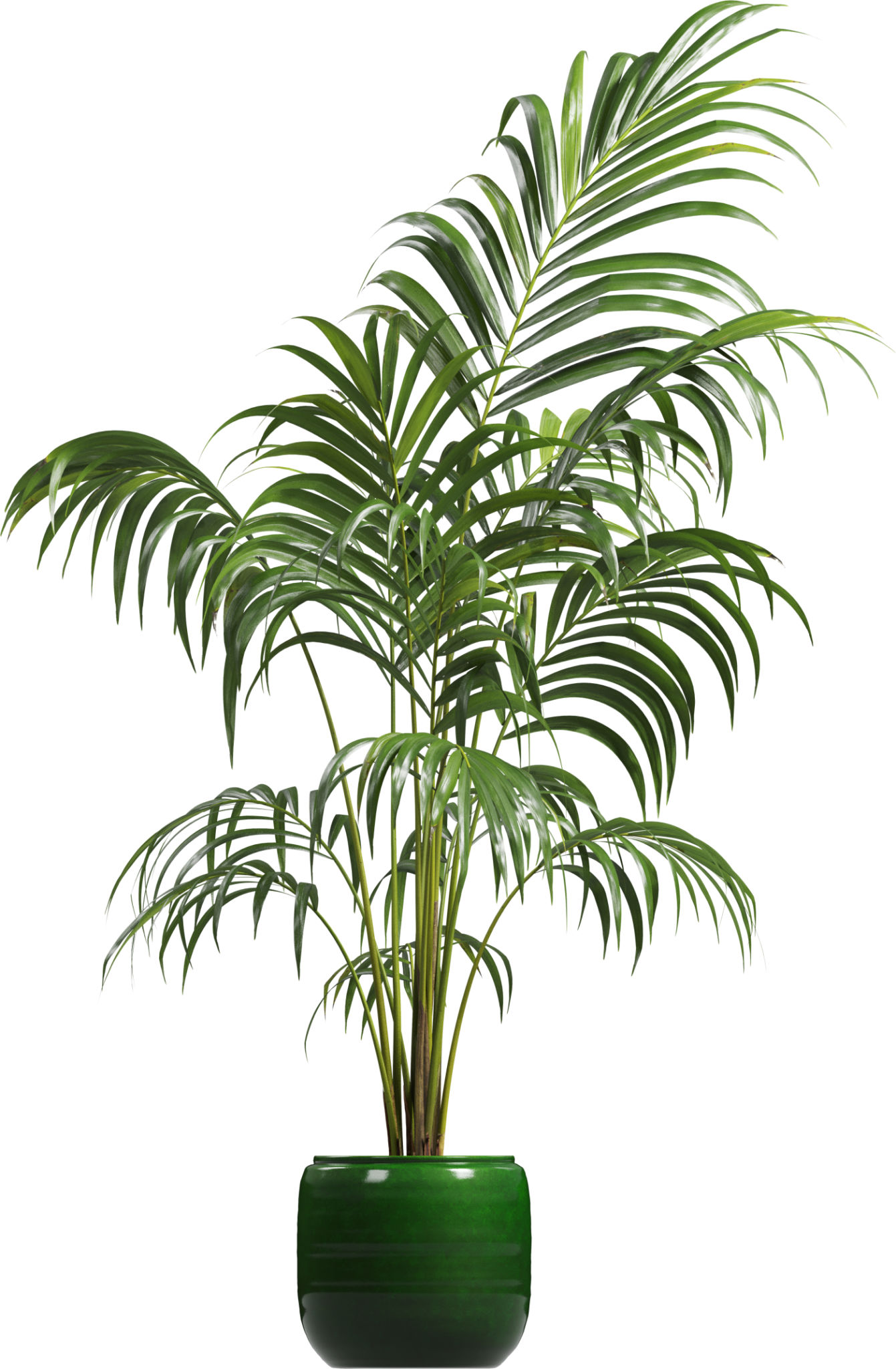Case Study: How a Local Business Transformed Their Space with Horticultural Solutions
Introduction to the Transformation
In today's fast-paced world, creating a serene and inviting environment is crucial for businesses looking to enhance customer experiences and employee well-being. A local business recently embarked on a journey to transform their space with the help of horticultural solutions, turning a drab interior into a lush, green oasis.
This case study delves into how this business successfully integrated plants into their environment, improving aesthetics, air quality, and overall ambiance. The transformation was not just about adding greenery but also about strategically placing plants to complement the existing design and architectural elements.

The Initial Challenges
Before the transformation, the business faced several challenges. The space was lacking in natural light and felt cold and uninviting. Employees reported feeling stressed and customers often left quickly without engaging much with the environment. The business owners knew they needed a change but were unsure where to start.
After extensive research, they decided to reach out to a local horticultural expert who specialized in interior plant design. This decision marked the beginning of a remarkable transformation that would not only enhance the physical space but also boost morale and customer satisfaction.
Choosing the Right Plants
The first step in the transformation was selecting the right plants. The horticultural expert conducted a thorough assessment of the space, considering factors such as lighting, temperature, and available space. Based on this assessment, a variety of plants were chosen that could thrive indoors and require minimal maintenance.
The selection included a mix of large foliage plants, succulents, and hanging plants. Each plant served a specific purpose, whether it was to improve air quality, add color, or create a focal point in the room. This thoughtful selection process ensured that the plants would not only survive but thrive in their new environment.

Designing with Plants
Once the plants were selected, the next step was designing their placement throughout the space. The expert focused on creating layers of greenery that would draw the eye upwards and make the space feel larger. Large plants were placed in corners and near seating areas to provide privacy and reduce noise levels.
Hanging plants were used to add dimension and visual interest, especially in areas with higher ceilings. The strategic placement of these plants created pathways and natural separations within open spaces, enhancing both aesthetics and functionality.
Benefits of the Transformation
The transformation led to several immediate benefits. Employees reported feeling more relaxed and productive, attributing this change to the improved air quality and calming presence of nature. Customers began spending more time in the space, enjoying the inviting atmosphere and often commenting on how beautiful and unique it felt.
Moreover, the business experienced an increase in customer retention and positive reviews, highlighting how significant an impact environmental changes can have on a business's success. The lush interior also became a talking point on social media, drawing new customers curious to experience the space for themselves.

Conclusion: A Green Investment
This case study illustrates that investing in horticultural solutions can offer substantial returns beyond just aesthetic improvements. By incorporating well-chosen plants into their design strategy, businesses can create an environment that promotes well-being, attracts customers, and enhances brand image.
For those considering a similar transformation, partnering with a horticultural expert can be an invaluable step. With their guidance, any business can turn an ordinary space into an extraordinary one that leaves a lasting impression on everyone who walks through its doors.
